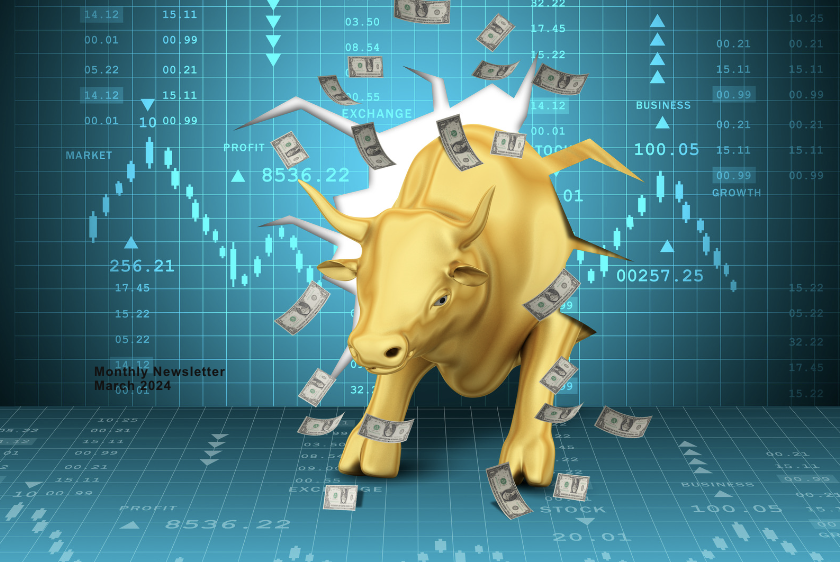MONTHLY NEWSLETTER – MARCH 2024

4 March 2024
We take a look at the importance of retirement planning as well as the end of the bear market….
|

4 March 2024
We take a look at the importance of retirement planning as well as the end of the bear market….
|